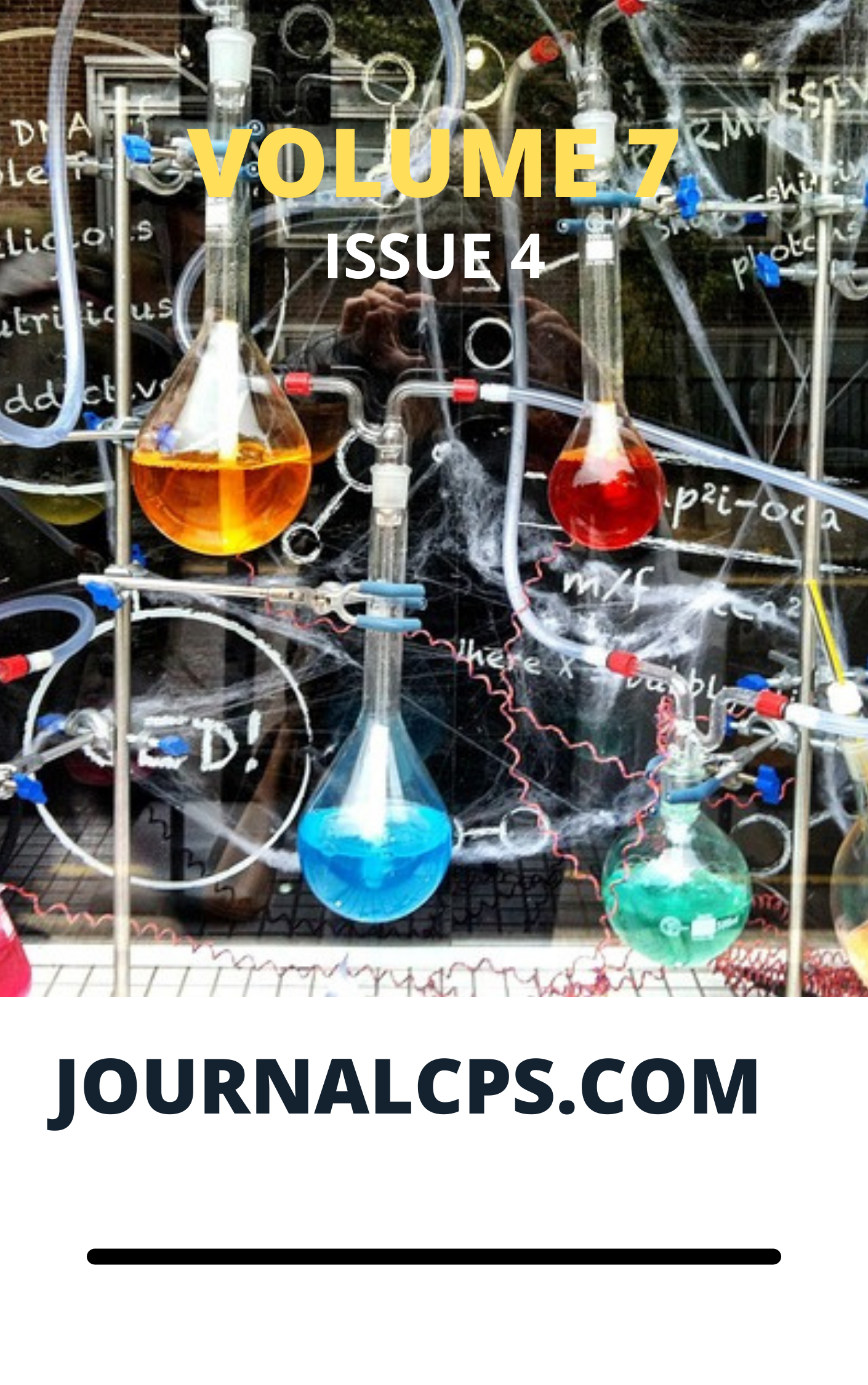Experimental and Computational Chemistry Investigations of Tartaric acid as a Green Corrosion Inhibitor for API 5L X 52 Carbon Steel in 0.5 M HCl
Keywords:
API 5L X 52 carbon steel, corrosion, inhibition, tartaric acid, experimental and computational chemistry investigationsAbstract
Uduak Bassey Essien, Magdalene E. Ikpi and Alexander I Ikeuba and Nsikak Bassey Essien
Investigation of suitable corrosion inhibitor for API 5L X 52 carbon steel in 0.5 M HCl, is of significant industrial importance because of the role of the metal in several sectors. Tartaric acid was tested as a corrosion inhibitor for the metals using weight loss, potentiodynaic polarization and electrochemical impedance methods. The tested compound displayed maximum inhibition efficiency of 85%, which showed a strong dependency on concentration, temperature and time. Spontaneous and exothermic physical adsorption of the inhibitor on the metal surface was ascertained as the mechanism of inhibition. Isotherms established by the Langmuir and Freundlich assumptions fitted the adsorption process Information from computational chemistry calculations indicated significant roles of the frontier molecular orbitals towards the inhibition of the metal corrosion. Also, the sites for electrophilic, nucleophilic and radical attacks were observed to be within the carboxyl functional groups.
Downloads
Published
Issue
Section
Most read articles by the same author(s)
- Nsikak Bassey Essien, Chukwu Obaji Daniel, Raphael Mmenyene Paul, Synthesis and characterization of Silicon Oxide Nanoparticles using Plantain Peel as a Precursor , Communication In Physical Sciences: Vol. 11 No. 1 (2024): VOLUME 11 ISSUE 1
- Nsikak Bassey Essien, Rice Husk as Precursor for Silicon Oxide Nanoparticles: Synthesis and Characterization , Communication In Physical Sciences: Vol. 11 No. 4 (2024): VOLUME 11 ISSUE 4
- Vivian Ifeoma Okonkwo, Gloria Chika Udeokpote, Uduak Bassey Essien, Ethanol Extract of Curcuma longa as a green corrosion inhibitor for carbon steel in solution of HCl , Communication In Physical Sciences: Vol. 8 No. 4 (2022): VOLUME 8 ISSUE 4
Similar Articles
- P. O. Ameh, N. O. Eddy, Theoretical and Experimental Investigations of the Corrosion Inhibition Action of Piliostigma Thonningii Extract on Mild Steel in Acidic Medium , Communication In Physical Sciences: Vol. 3 No. 1 (2018): VOLUME 3 ISSUE 1
- Okoche Kelvin Amadi, Stella Mbanyeaku Ufearoh, Innocent Ajah Okoro, Paulina Adaeze Ibezim, Mitigation of the Corrosion of Mild Steel in Acidic Solutions Using An Aqueous Extract of Calopogonium muconoide (cm) as a green corrosion inhibitor , Communication In Physical Sciences: Vol. 8 No. 3 (2022): VOLUME 8 ISSUE 3
- Humphrey Sam Samuel, Ugo Nweke-Maraizu, Gani Johnson, Emmaneul Etim Etim, A Review of Theoretical Techniques in Corrosion Inhibition Studies , Communication In Physical Sciences: Vol. 9 No. 4 (2023): VOLUME 9 ISSUE 4
- Vivian Ifeoma Okonkwo, Gloria Chika Udeokpote, Uduak Bassey Essien, Ethanol Extract of Curcuma longa as a green corrosion inhibitor for carbon steel in solution of HCl , Communication In Physical Sciences: Vol. 8 No. 4 (2022): VOLUME 8 ISSUE 4
- Okoche Kelvin Amadi, Onyinyechi Uloma Akoh, Godson Chukwudi Eric, Adsorption Studies on the Inhibitive Properties of Aqueous Extracts of Theobroma cacao (TC) Leaves on Mild Steel in 1.0 M HCl , Communication In Physical Sciences: Vol. 9 No. 3 (2023): VOLUME 9 ISSUE 3
- Attah Chuks Emmanuel, Gloria Chika Udeokpote, Ethanol Extract of Vernonia amygdalina Leaf as a Green Corrosion Inhibitor for Carbon Steel in Solution of HCl , Communication In Physical Sciences: Vol. 10 No. 3 (2023): VOLUME 10 ISSUE 3 (2023-2024)
- Nkem B. Iroha, Richard A. Ukpe, Investigation of the Inhibition of the Corrosion of carbon steel in Solution of HCl by Glimepiride , Communication In Physical Sciences: Vol. 5 No. 3 (2020): VOLUME 5 ISSUE 3
- F. E. Awe, Adsorptive studies of the inhibitive properties of ethanolic extracts of Parinari polyandra on Mild steel in acidic media , Communication In Physical Sciences: Vol. 4 No. 1 (2019): VOLUME 4 ISSUE 1
- Iniofon Udom, Grace Cookery, Paul Ocheje Ameh, Investigation of Acanthus montanus Leaves Extract as Corrosion Inhibitor for Copper in 2 M Sulphuric Acid , Communication In Physical Sciences: Vol. 12 No. 3 (2025): VOLUME 12 ISSUE 3
- Patricia Ese Umoru, Femi Emmanuel Awe, Joseph Ifeanyi Uche, Oluwayemi Abiodun Babatunde, Ibrahim Aliyu Salaha, Investigation of the Adsorptive And Inhibitive Properties Of Cucurbita Maxima Peel Extract And Halide Ions As Inhibitors For Stainless Steel in 1m H2so4 Solution , Communication In Physical Sciences: Vol. 10 No. 2 (2023): VOLUME 10 ISSUE 2
You may also start an advanced similarity search for this article.




